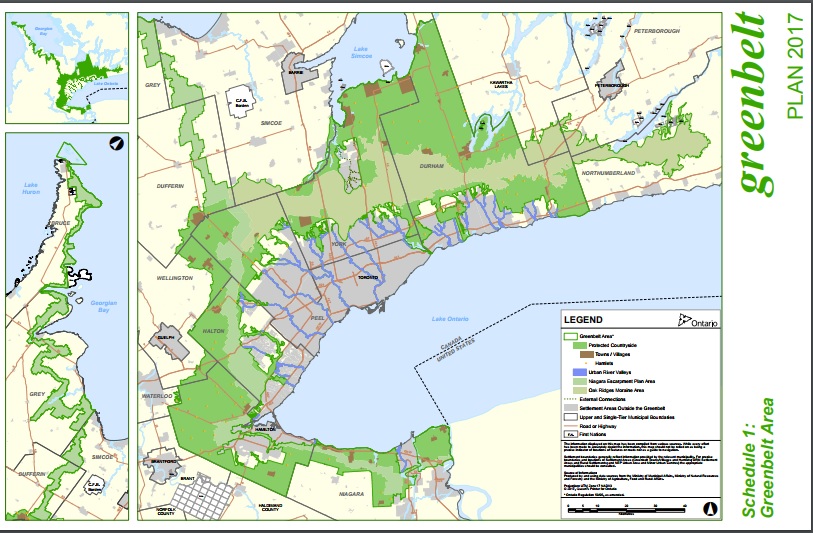Professor Hayden King of Ryerson University welcomed Nick Estes at the Indigenous Celebrations Festival Monday night, sponsored by the Toronto Reference Library, which seeks to “celebrate First Nations, Métis and Inuit heritage by presenting Indigenous storytelling and literature, as well as discussions on history and current issues”.
Nick Estes is Kul Wicasa and a citizen of the Lower Brule Sioux Tribe, as well as an Assistant Professor at the American Studies Department at the University of New Mexico. Estes is the author of the recent book Our History is the Future: #NoDAPL, Standing Rock and the Long Traditions of Indigenous Resistance, published by Verso. He is also the founder of The Red Nation, an online platform dedicated to the liberation of indigenous peoples from colonialism that seeks to center native peoples’ agendas and struggle through advocacy by activists, scholars, educators and community organizers.
Professor Estes’ conversation with Hayden King centered on the indigenous resistance surrounding the Dakota Access Pipeline (DAPL) and the Standing Rock movement that agitates against it. Thousands of indigenous and non-indigenous activists have faced off settler police along the banks of the Missouri River at Cannon Ball in the Standing Rock Sioux Reservation in their attempts to disrupt the construction of a pipeline that is estimated to carry 500,000 barrels of crude oil per day towards the Gulf of Mexico, to be transported around the world and grease the wheels of commerce. A pipeline that although not operational yet, already leaks shale oil, leaving a trail of tar that threatens public health.
As Professor Estes stated, it is important to situate this movement within the larger historical trajectory which pits the indigenous peoples against settler colonialism and the development of capitalism, both of which encroach upon the territory and the lives of the Sioux. The very existence of the current battle serves as a testament to the fact that the indigenous peoples have managed to resist the settlers. As they did during the Red Cloud’s War (named after Oglala Lakota chief), which saw the Lakota, Northern Cheyenne and Northern Arapaho fight off the US; or the War for the Black Hills, which resulted in the resounding defeat of General George Custer’s forces at the Battle of the Little Bighorn. In fact, the Red Cloud’s War that ended with the 1851 and 1868 Fort Laramie peace treaties created the Great Sioux Reservation. The 1851 and 1868 treaties accorded the Oceti Sakowin the rights to the Missouri River, on whose banks the current standoff occurs. As Estes points out, these wars and the ensuing struggles were entirely defensive as it was the settler society that encroached and continues to encroach upon the lands of the indigenous peoples. The current battle is therefore but a continuation of the old ones. Massacres, such as the one at Wounded Knee, and legal instruments seeking to dispossess the indigenous folk and hand over the land to the settlers to serve the needs of capitalist expansion, are but examples of attempts to finish what had started in the mid-19th century. Its 21st-century iterations merely reshuffle the puzzle, but the result is largely the same.
These continued attacks in history resulted in the creation of the American Indian Movement (AIM), at the height of the Red Power movement of the 60s and 70s, which sought to organize and structure indigenous resistance to encroachment, while at the same time building international solidarity with indigenous and non-indigenous struggles elsewhere. At Standing Rock in 1974, the First International Treaty Council of the Western Hemisphere saw indigenous nations from around the world and in the US unite against the actions by the US government, at home and abroad. Together, they proclaimed that “The United States of America has continually violated the independent Native Peoples of this continent by Executive action, Legislative fiat and Judicial decision. By its actions, the U.S. has denied all Native people their International Treaty rights, Treaty lands and basic human rights of freedom and sovereignty”. DAPL protests are thus a continuation of centuries-old anti-colonial struggle and a concretization of a historical trajectory. As Estes states, Standing Rock Water Protectors are descendants of several genocides, each leading to the creation of a future struggle against a different iteration of the same conflict. For him, indigenous people are political by default, with their very existence standing in the way of colonialism and capitalism. Just like the existence of the settler society is based on the exploitation of the indigenous folk. As Hayden pointed out, the painful dialectic threatens to lock the parties into a vicious circle that by its very structure refuses to be broken.
Therefore, “the colonizer is the horizon of our struggle”, Estes stated, “you have to articulate and define your injury”. His book is the direct product of this maxim. Estes addressed the book to his 16-year-old self and Bobbi Jean Three Legs whose experience he managed to articulate. Estes sought to give voice to the indigenous people who experience the evils and the pain of capitalism but are unable to express it with a voice that activates them politically. However, the book does not target solely the indigenous circle but is aimed at a wider audience in an attempt to build transnational solidarity. In a way, Estes seeks to achieve what the AIM did in the 70s with the International Treaty Council.
The idea of relationality features prominently in the book, and in Estes’ talk. With it, he challenges the heteropatriarchal notions of the indigenous self-perception that is the result of settler attacks on the foundations of the indigenous identity. Estes asserts that it was the US military who understood the concept of relationality, the way indigenous folk relates to the non-human world and in that interaction find the basis of their livelihood, worldview and very essence of being. For example, chief Red Cloud stated that for as long as the grass should grow and the buffalo roam, the land belonged to the Sioux. This mutually supportive existence between the Buffalo Nation and the Sioux was undermined when the military killed buffaloes to extinction, thereby breaking the identity bond and seeking to remove the Sioux from their lands. While weakened, the bonds of relationality were not destroyed, and for Estes, the current protests represent the creation of new forms of relationality, spearheaded by the youth who seek to become “good ancestors to future generations”.
Indigenous struggles are often portrayed in terms of resistance. Estes’ own presentation and Hayden’s questions did as well. However, resistance strips away the revolutionary agency inherent in the movement that challenges the very structures of capitalism. Resistance is passive. As such, it threatens to cast the indigenous folk in the usual lachrymose category that portrays them as besieged; constantly under attack by the more powerful forces of the settler society. What is the end goal of resistance? If the Water Protectors manage to prevent the construction of the pipeline, will that be the end of their resistance? I believe not, for their aim is the very structure of capitalism, of which DAPL is but an example.
When a human camp brings the entire carbon infrastructure which forms the backbone of the global capitalist economy to a halt and threatens to destroy it, are they resisting or actively attacking? Who is resisting when Black Hawk helicopters circle the Water Protectors and when drones silently hum of above them? Who is resisting when the police force more akin to the military encircles unarmed protestors? It is the settler society that’s resisting the revolutionary force of indigenous struggles. It is the settler society that is under siege.

